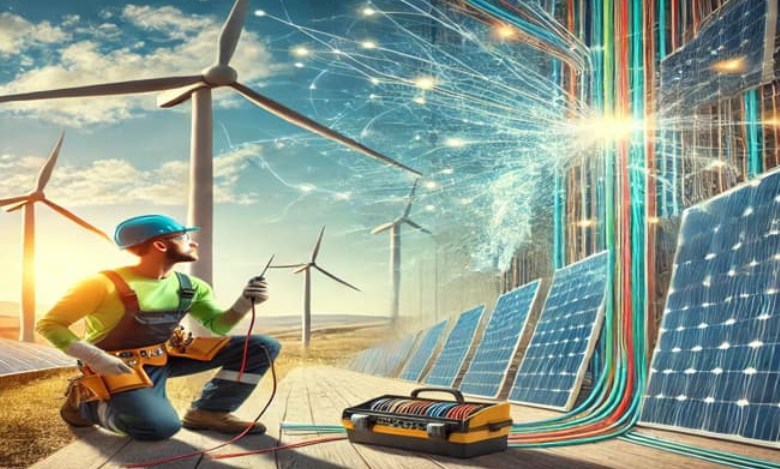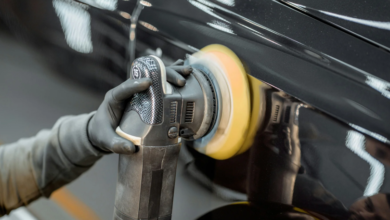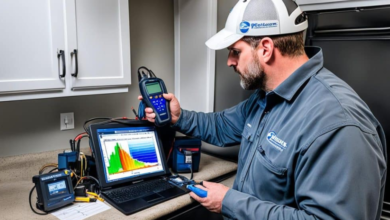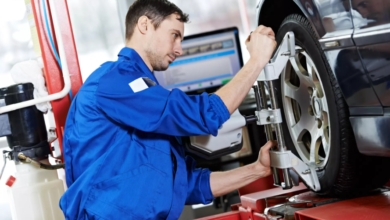The Electrician’s Role in the Green Energy Transition

The world’s shift toward renewable energy is often credited to scientists, policymakers, and environmental activists. Yet behind every functioning solar farm, wind turbine, or energy-efficient building stands a network of electricians translating innovation into reality. In regions like northern New South Wales, professionals such as a commercial electrician Ballina are leading this transition, ensuring that clean energy systems are not only installed correctly but also optimized for safety and long-term performance.
This transformation requires more than enthusiasm for sustainability. It demands technical mastery, strict adherence to safety codes, and a deep understanding of how renewable technologies integrate with traditional power grids. Electricians are at the center of this effort, bridging the gap between design and dependable implementation.
Powering the Future Through Renewable Integration
Renewable energy generation begins with technology but succeeds through installation. Electricians are responsible for connecting renewable systems to the grid safely and efficiently. Whether the job involves solar panels on a home or a wind installation serving an entire community, the work requires careful analysis of load capacity, voltage levels, and circuit protection.
For a commercial electrician in Ballina, this often means assessing how new systems interact with existing infrastructure. They determine where energy from solar inverters will flow, how much current storage batteries can handle, and how to prevent fluctuations that could damage sensitive equipment. It’s a sophisticated balance of electrical theory and practical craftsmanship.
Electricians also play a crucial role in ensuring compliance with government regulations and evolving energy standards. They navigate complex codes that dictate everything from wiring placement to grounding techniques. In doing so, they make renewable energy systems not just functional but safe and scalable for future use.
Residential Innovations in Renewable Power
In residential settings, electricians bring green energy technology into daily life. They install solar panels, smart meters, and battery storage units that allow homeowners to monitor and control their energy consumption.
Modern home systems often combine multiple technologies, including backup generators, EV chargers, and smart thermostats. An experienced electrician ensures that all these components operate seamlessly within the same network. They calculate load distribution, install surge protection, and ensure that panels and wiring meet both safety and efficiency standards.
What makes their role so important is not just technical precision but education. Many homeowners rely on electricians to explain how their renewable systems work, what maintenance they require, and how to optimize usage during peak sunlight or grid demand periods. Through this connection, electricians empower consumers to make sustainable choices that benefit both their finances and the environment.
See also: Techsslaash Com: Exploring the Latest Trends in Technology
Commercial Applications and Complex Challenges
In the commercial and industrial sectors, electricians face challenges of scale. Businesses often require hybrid systems that blend traditional power with renewable inputs. A commercial electrician Ballina must understand how to distribute power across multiple circuits, manage high-capacity storage solutions, and coordinate with grid providers to ensure stability.
These projects frequently involve microgrids—localized systems that can operate independently during outages or high-demand periods. Electricians design and maintain these networks, ensuring that generators, solar panels, and battery units communicate effectively.
Industrial electricians also focus on power factor correction and demand management. By fine-tuning how energy is consumed and stored, they help businesses reduce costs and minimize strain on the grid. Their work keeps operations sustainable while maintaining productivity and safety standards.
Electricians as Guardians of Energy Efficiency
Energy efficiency begins with thoughtful design, but it lives through correct installation and maintenance. Electricians ensure that every renewable component—from solar inverters to control panels—functions at peak performance. They use diagnostic tools to test voltage, current flow, and system efficiency, identifying inefficiencies before they become problems.
Preventive maintenance is a vital part of this work. Regular inspection of connectors, cables, and sensors ensures the longevity of expensive equipment. Electricians understand that a small flaw, such as a loose terminal or faulty insulation, can lead to major power losses or equipment failure.
Their expertise also extends to system upgrades. As renewable technology evolves, electricians retrofit existing installations to handle higher capacities or improved control systems, allowing older sites to keep pace with modern standards.
The Electrician’s Essential Role in a Sustainable Future
Electricians may not design the solar panels or build the turbines, but they are the professionals who make those systems work reliably and safely. Without their technical knowledge and attention to detail, renewable energy would remain theoretical rather than practical.
They are the guardians of a sustainable electrical future, ensuring that every new technology integrates smoothly with the power systems that have sustained communities for decades. From residential rooftops to commercial facilities, electricians are the critical link transforming environmental goals into functioning, resilient energy systems.
In every region embracing sustainability—from Ballina to the global stage—electricians continue to prove that true innovation depends on skilled hands and experienced minds.




